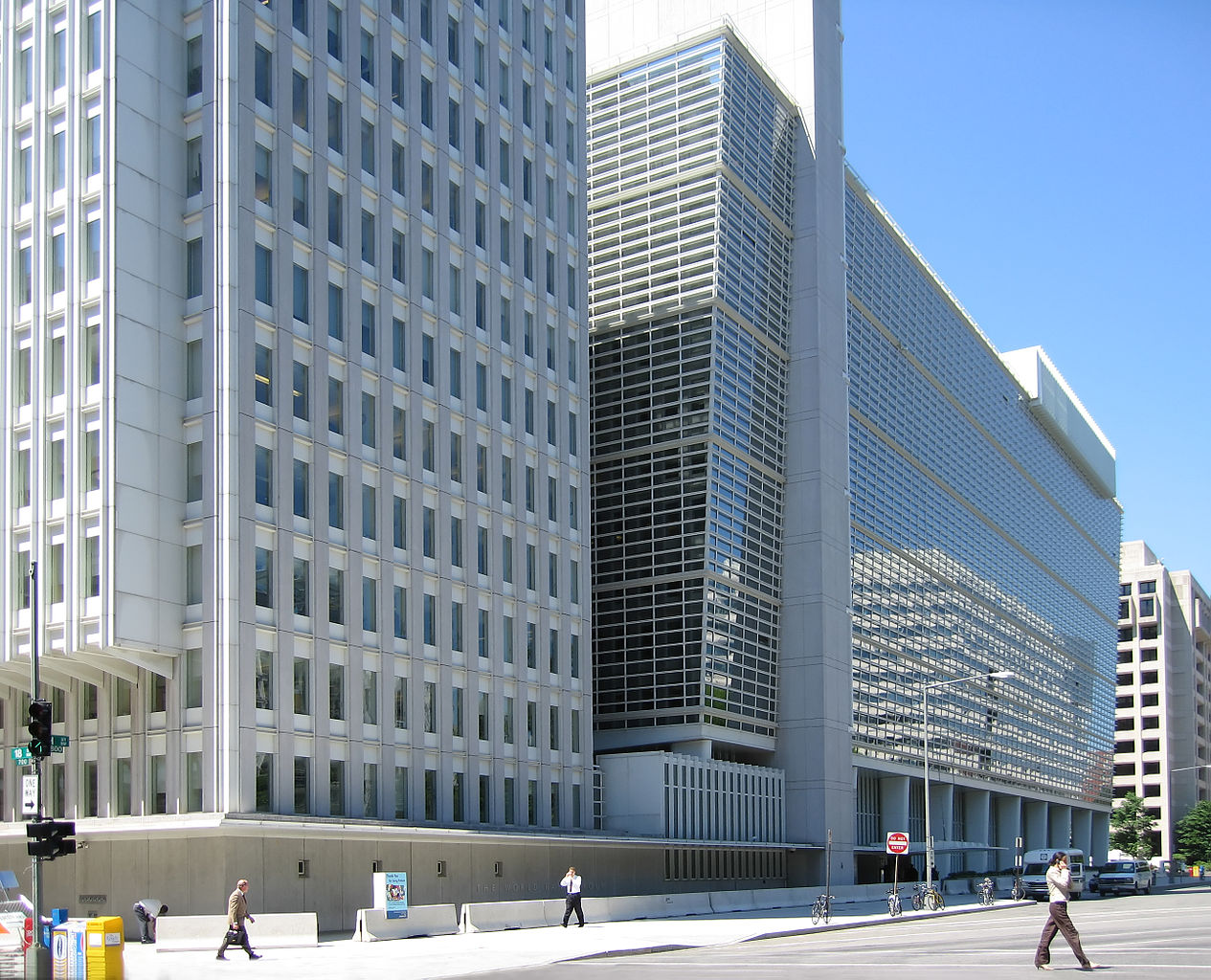The World Bank says Iran has so far gained access to as much as $30 billion of its frozen assets in the wake of the landmark nuclear deal that it signed with the six world powers last year.
The assets that had been frozen as a result of the sanctions were released under the terms of the nuclear deal - the Joint Comprehensive Plan of Action (JCPOA) – which came into effect in January and envisages the removal of nuclear-related sanctions against Iran in return for steps by the country to curtail its nuclear energy program.
"As part of the JCPOA, some $30 billion of frozen assets have been released, allowing the government to access funds and assets abroad," the Washing-based lender said in its Iran Economic Outlook report for the month of July.
A central theme in the JCPOA – which Iran sealed with the five permanent members of the Security Council plus Germany last year – was to provide Iran access to its frozen assets among other things.
The Iranian government had already said it expects at least $30 billion of its assets to be unblocked after the sanctions are removed.
The bulk of the country’s assets had been frozen in bank accounts that were connected to its oil sales to its major Asian clients including India, South Korea, China and Japan.
The report also indicates the slump in oil prices has hurt the Iranian economy by "less than other oil producers in the region." The reason for this, according to the WB, is that compared to other oil producers, the Iranian economy is more diversified and therefore less dependent on oil revenues. Oil accounts for about 30 % of government revenues.
"To maintain market share, Iran’s oil production has increased since January 2016 when implementation of the JCPOA and lifting of sanctions began. Some 600,000 b/d has been added so far and the government plans to raise it up to 800,000 b/d by the summer of 2016, reaching pre-sanction levels," the report adds.
Systemic Decline in Crude Prices
With the oil market entering a new normal of lower prices, the bank predicts the price per barrel to settle in the range of $53 to $60 by 2020, when supply and demand are expected to be in balance.
In its Quarterly Economic Brief titled “Whither Oil Prices?" WB says oil revenues have been falling for the third year in a row with fiscal deficits and debts rising.
“Oil prices are not expected to revert to the triple digits observed during 2011-13 any time soon because of fundamental changes in the behavior of market players. Without a sustained pickup in demand, the market will remain over-supplied and low oil prices are likely to persist at least through 2020,” said Lili Mottaghi, World Bank MENA Economist and the lead author of the report.
According to the report, fiscal balances in MENA oil exporters swung from a surplus of $128 billion in 2013 to a deficit of $264 billion in 2016. The group of (Persian) Gulf Cooperation Council (GCC) countries lost $157 billion in oil revenues last year and is expected to lose another $100 billion this year.
The oil market has entered a new normal with the changing role of the market players. Saudi Arabia appears to have relinquished its role as the swing producer who absorbs fluctuations in global demand and supply. With over 4000 idle oil wells and a reaction time in ramping production up or down of about 4 to 6 months—compared with several years for conventional producers—the US shale oil industry is becoming the marginal producer, effectively setting oil prices in the market.


